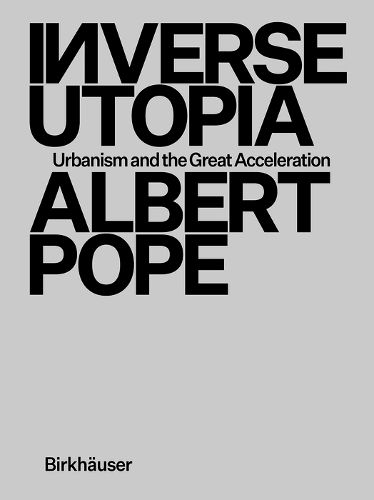Readings Newsletter
Become a Readings Member to make your shopping experience even easier.
Sign in or sign up for free!
You’re not far away from qualifying for FREE standard shipping within Australia
You’ve qualified for FREE standard shipping within Australia
The cart is loading…






Inverse Utopia looks at urbanism from the perspective of modernism and postmodernism, as well as at how commercialization has transformed the modern city. In his earlier book Ladders (1997), the author described the emergence of the cul-de-sac as a typical manifestation of this trend.
In this new book, Inverse Utopia, Pope argues for the development of architectural and urban forms that respond to contemporary ecological and social challenges. The title refers to a statement by the philosopher Guenther Anders: whereas utopians are unable to make the things they imagine, others are unable to imagine the things they make.
This book is a stand-alone volume but may be read as a sequel to Ladders.
Collection of essays and profiles of design projects The urban design project of modernism and postmodernism Connections between architectural morphology and the consumer economy
$9.00 standard shipping within Australia
FREE standard shipping within Australia for orders over $100.00
Express & International shipping calculated at checkout
Inverse Utopia looks at urbanism from the perspective of modernism and postmodernism, as well as at how commercialization has transformed the modern city. In his earlier book Ladders (1997), the author described the emergence of the cul-de-sac as a typical manifestation of this trend.
In this new book, Inverse Utopia, Pope argues for the development of architectural and urban forms that respond to contemporary ecological and social challenges. The title refers to a statement by the philosopher Guenther Anders: whereas utopians are unable to make the things they imagine, others are unable to imagine the things they make.
This book is a stand-alone volume but may be read as a sequel to Ladders.
Collection of essays and profiles of design projects The urban design project of modernism and postmodernism Connections between architectural morphology and the consumer economy